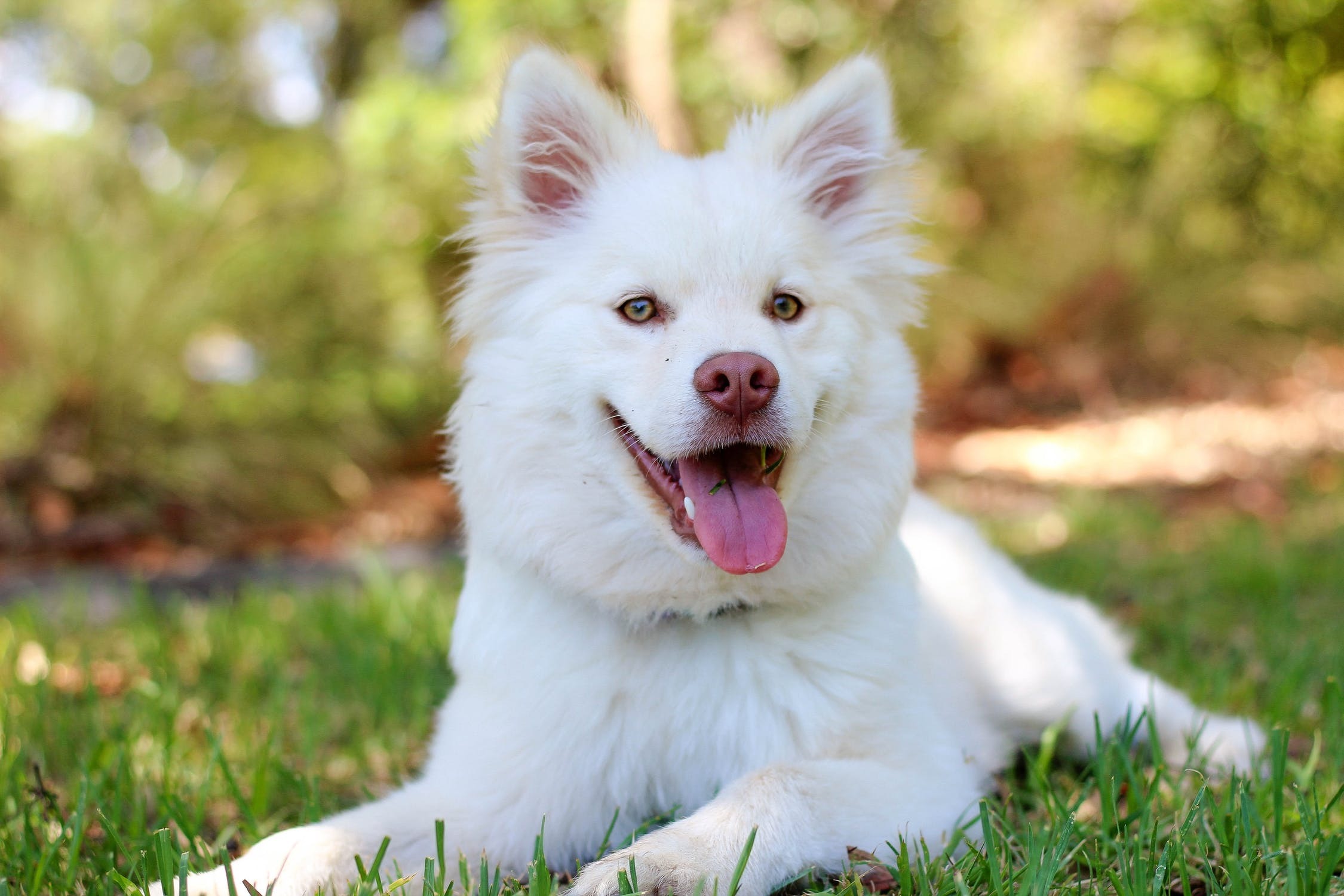The hot summer of 2018 shows no sign of abating, and it’s more important than ever that dog owners are aware of the importance of avoiding heat stroke affecting their pets. As vets, just as we give advice on preventing viral infections (via vaccinations), so we should be telling owners how to prevent their pets from suffering in the heat.
There are three areas that owners can address: first, keeping a dog in cooler places, second, adapting the dog’s immediate exterior to keep the body as cool as possible, and third, changing the dog’s activities to keep them cool.
Keep dogs in cooler places
Keeping dogs in cool areas sounds obvious, and to some extent it is: keep dogs out of hot cars, sun-filled conservatories and areas outside in direct sunshine. As long as dogs have access to cooler, shady areas, they’re less likely to overheat. So if you’re going out for a while, make sure that you leave your dog in a cool area of this type. And even if you are indoors, with your dog in the garden outside, double-check that there’s enough shade for them.
Keep the outside of your dog’s body cool
External adaptations to keep your dog’s body cool includes the concept of minimising the insulating effect of their natural coats. This means regular grooming to remove the dense, fluffy undercoat, using fine wire-type bristly brushes to remove this on a daily basis. For some long-haired dogs, full clipping can be helpful: many dogs are visibly happier and more active once their long, dense coat has been clipped short. For certain specific breeds (e.g. Siberian Huskies and German Shepherds) there is a theory that full coat clipping is not a good idea: the longer, guard-type hairs may act as some sort of shade, shielding the body from the sun. I am not sure about this concept, but I do know that it can take several years for a normal coat to regrow in such breeds, so many owners prefer not to clip the coat, focussing instead on just grooming out the dense fluffy undercoat.
Other ways to keep the body cool include the use of cooling coats that can be placed on the dog’s body. These are soaked in water, which evaporates continuously from the coats and drawing heat out of the dog’s body. It’s ultra-important that the coats are kept wet all the time: regular topping up is needed. If the coat dries out, it will simply act as a layer of insulation, and it will make a hot dog even hotter. So these products need to be used with care and continual supervision.
You can also buy cooling mats for dogs to lie on: these work in a similar way, with the continual evaporation of water from the surface to keep them cold.
Another simple way to help a dog stay cool is to introduce a big, stationary electric fan directed at the dog, but for this to work effectively, the dog cannot move out of the range of the blast of air, so it does need continual supervision.
Remember that for dogs to stay cool, they need to lose water from their body in the form of evaporation, so all animals need plenty of fresh water within easy reach during warm weather, with multiple drinking bowls around the home.
Changing a dog’s activities to keep them cool
It’s worth thinking about how dogs spend their time. Strenuous exercise causes heat to be produced by the muscles, so dogs should never be exercised in the full heat of the day. Instead, they should be taken for walks as early as possible – between 6 and 8 am – and as late as possible (after supper). Cooler types of exercise, such as swimming, or even just paddling in shallow water, are also helpful.
The digestion of food generates heat inside the body; dogs should be offered around 10% less food in warm weather because they no longer need to generate internal body heat to keep warm.
In this long, hot summer, it's worth taking time to talk to owners about their dog's lifestyle. Simple changes may be all that's needed to ensure a cool, comfortable pooch instead of an overheated, potentially seriously ill, pet.


